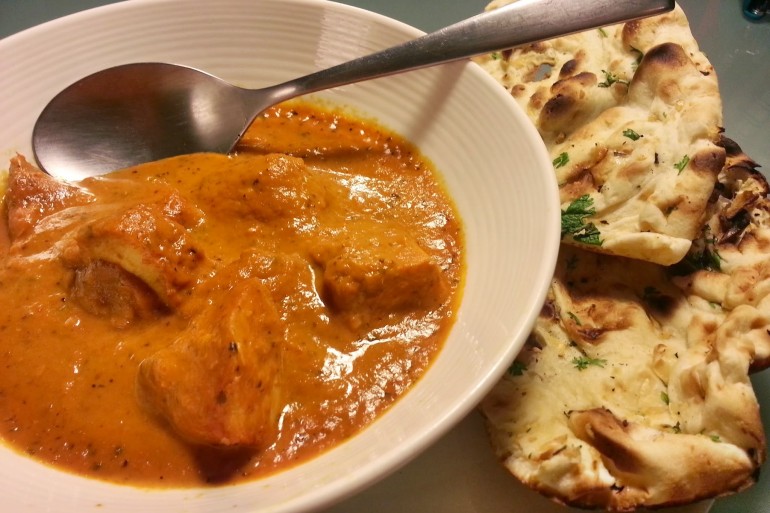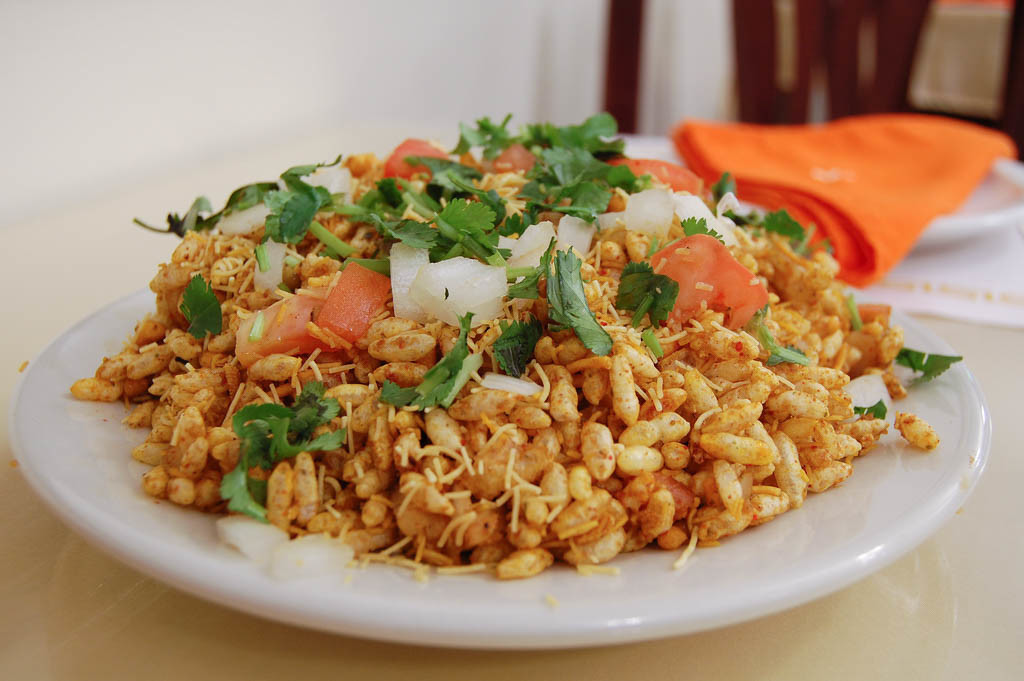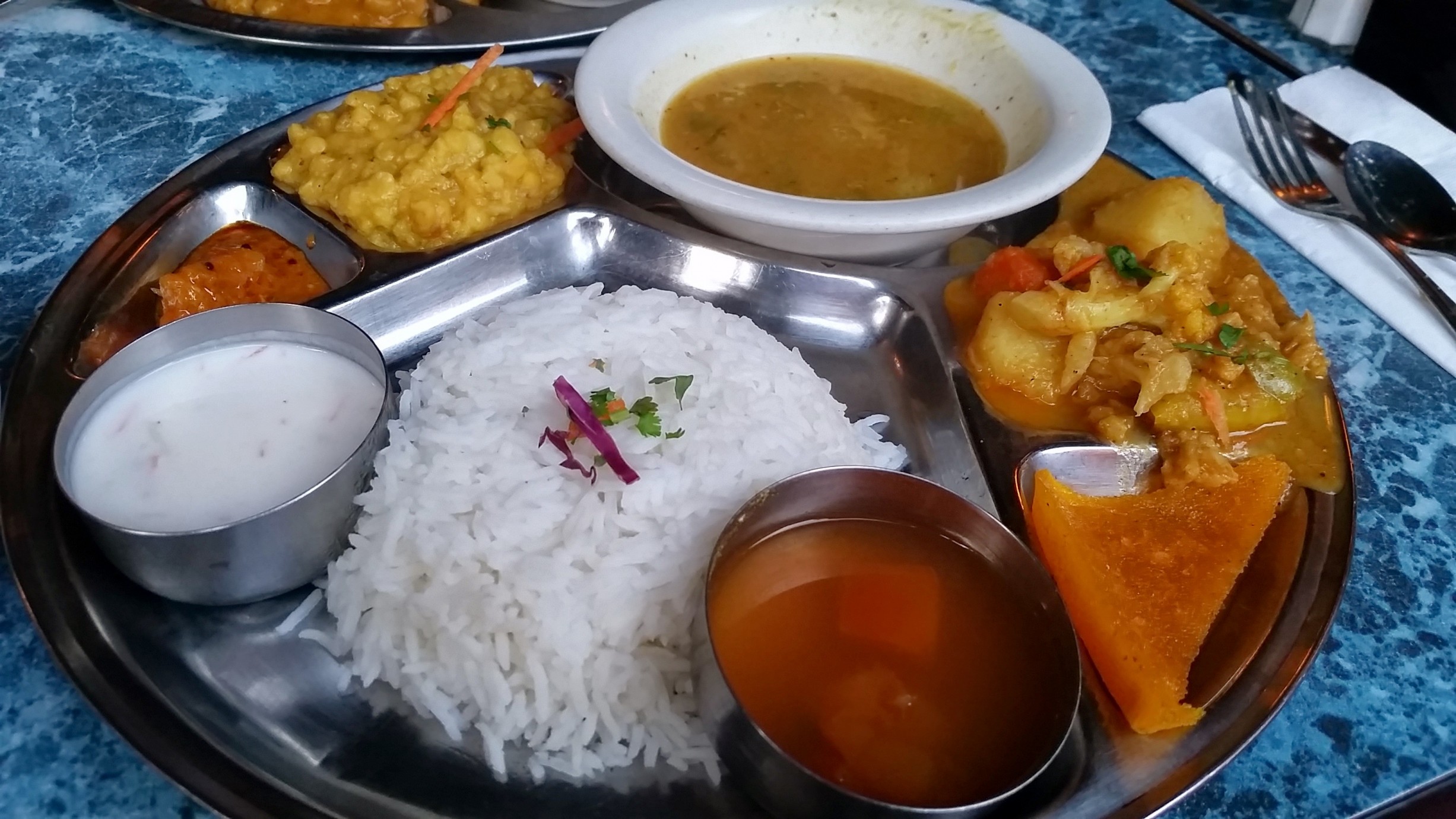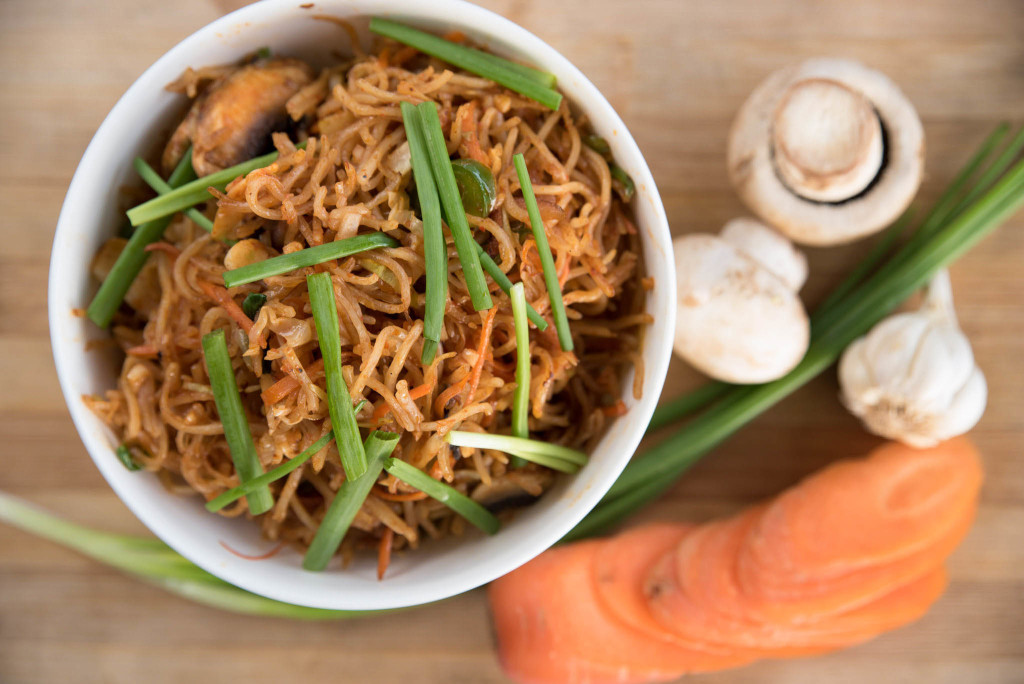When tasting Indian food, you can immediately tell there’s something unique about it, regardless of your culinary expertise. It somehow has the ability to be powerful yet satisfying, potent yet fulfilling, and different yet wonderful.
Have you ever wondered what makes Indian cuisine so uniquely powerful and tasty? Science has you covered. Researchers at the Indian Institute of Technology in Jodhpur have been hard at work and recently answered this question.

Photo by Eunice Choi
The answer lies in the strategic use of spices.Their study involved the meta analysis of 2,543 recipes from TarlaDalal, a large, online inventory of original Indian recipes.
From there, they divided the cuisines into different sub-cuisines, then further divided those into 15 different ingredient subcategories of the 194 ingredients included.

Photo courtesy of stu_spivack
The study goes on to explain the positive food pairing hypothesis, which states that “ingredients sharing flavor compounds are more likely to taste well together than ingredients that do not.”
This culinary idea is perpetuated in North American, Western European and Latin American cuisine, but not so much in Southern European and East Asian cuisine, according to the study.

Photo by Eunice Choi
So Indian cuisine has an atypical pattern of food pairing, referred to as negative food pairing. This means that, in Indian cuisine, the more similar two ingredients are, the less likely they’ll be used in the same dish.
That’s why you’ll get hints of sweet and spicy in typical Indian food, rather than the sweet and more sweet or hot and spicy dishes that Americans tend to gravitate towards.
To no one’s surprise, this is mainly achieved by their strategic use of spices rather than other ingredients like meats or vegetables. Of the top 10 foods in Indian cuisine that were found to contribute to negative food pairing, 9 were spices, including cinnamon, cayenne, green bell pepper, garam masala and more.

Photo by Sol Lee
This negative food pairing is much more apparent in Indian cuisine than other cultures’ cuisine, making it unique to this type of food. This type of cooking derives from the culture’s use of spices for their medicinal benefits.
Over time, they incorporated as many spices as possible to their staple meals to reap all the health benefits they could. Using multiple spices in Indian dishes for health purposes has made Indian cuisine into what it is today.

Photo courtesy of Sharada Prasad
With all that being said, go find a plate of tandoori chicken, chutney or curry, now that you’re educated on why you’re going to enjoy it so much.
Check out more food science here:

